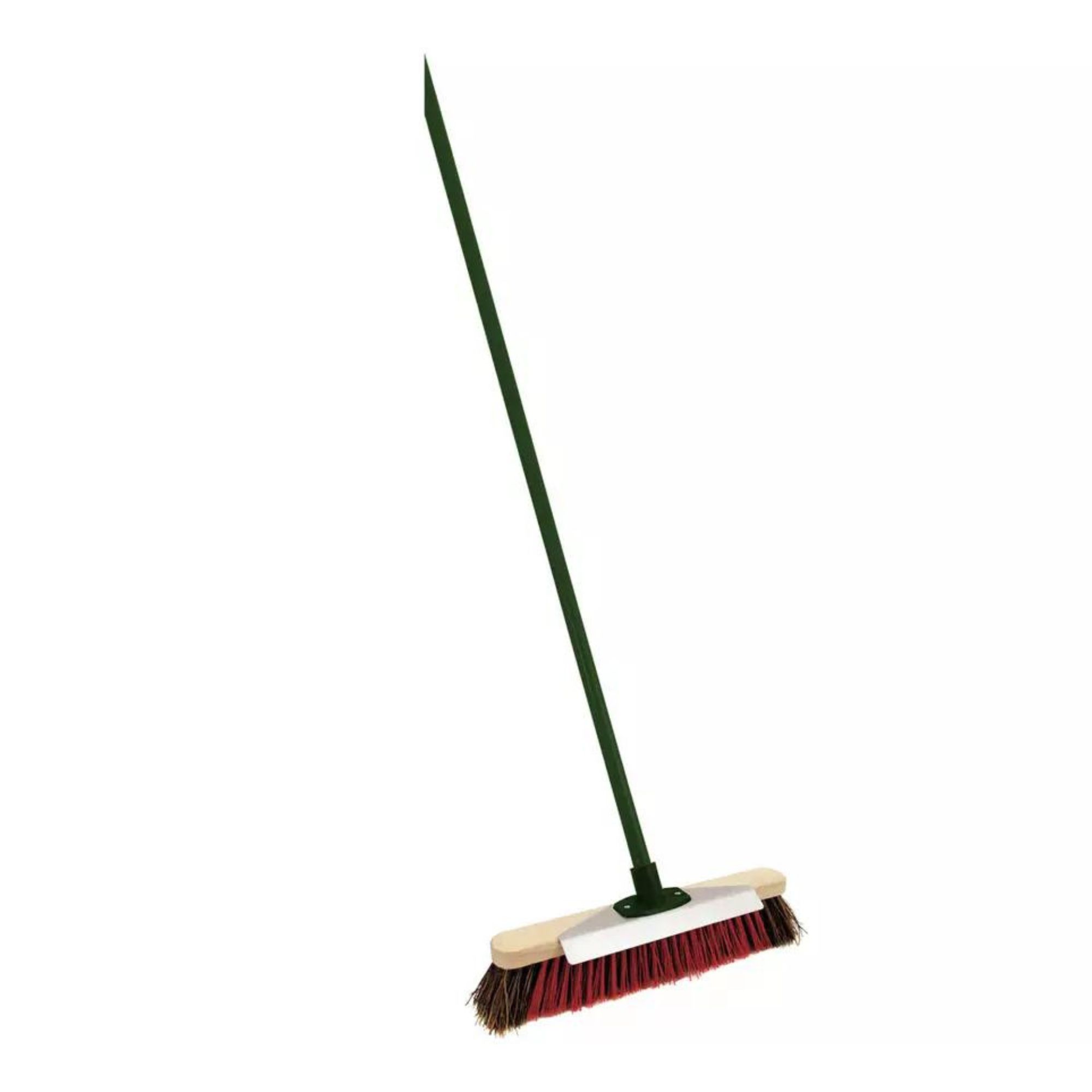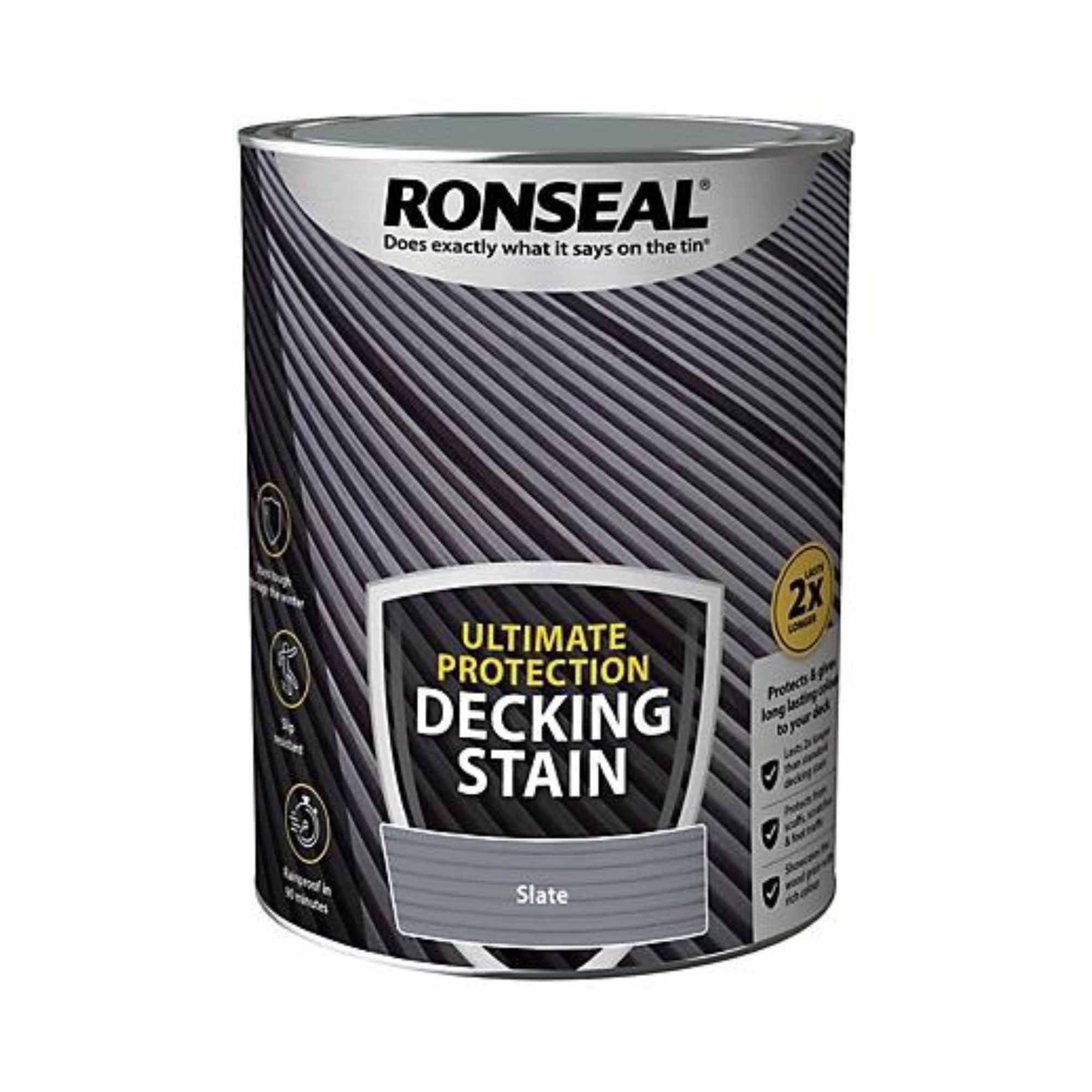How to prepare your decking for winter - top tips to prevent rotting and decay before the wind and rain sets in
Preparation is the key

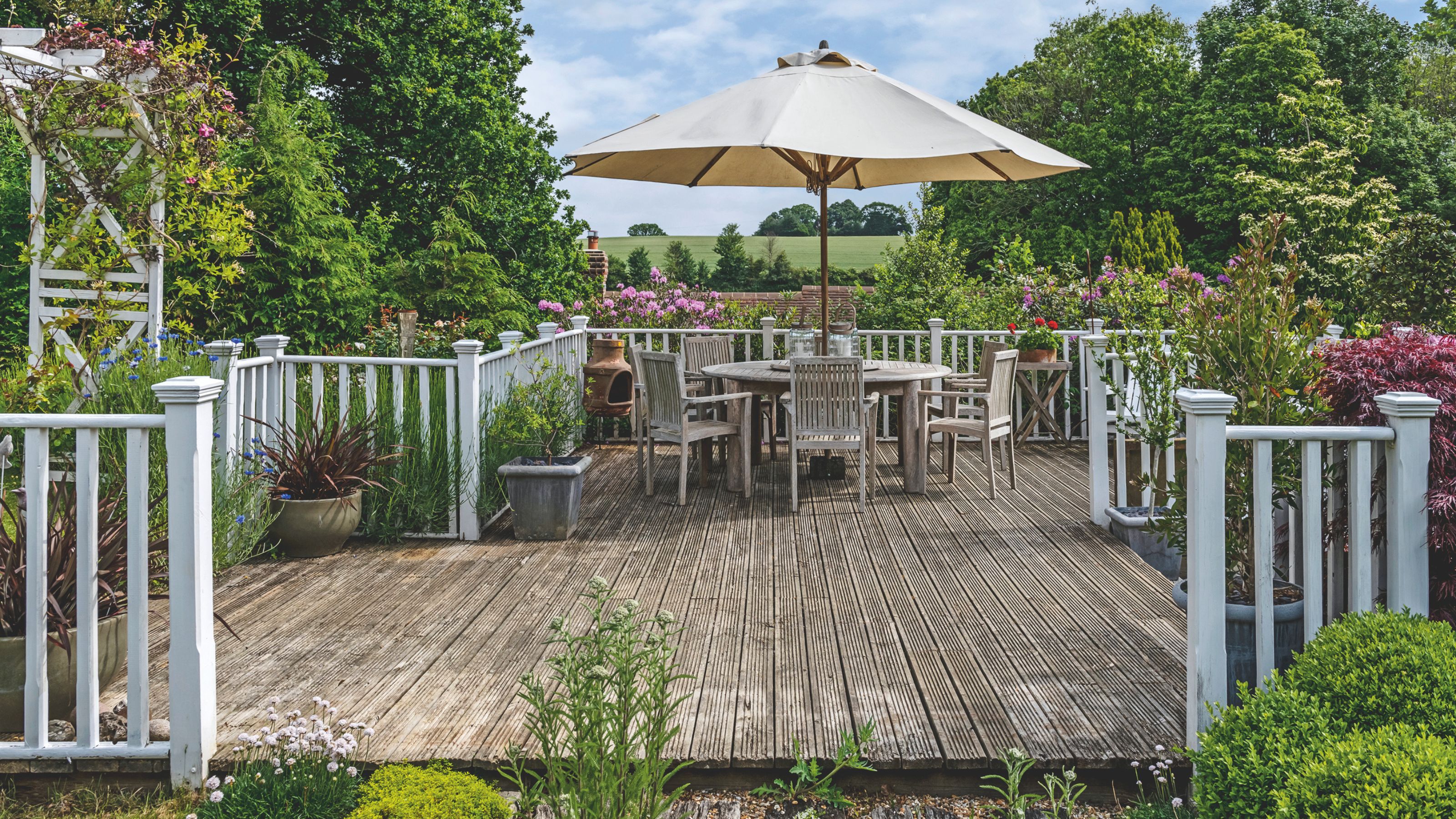
While you may be hanging on to the last dregs of summer, the reality is that it’s never too early to start thinking about winter - especially if you have a decking area you want to protect. And if that’s the case, you need to know how to prepare your decking for winter.
Yes, there’s no point in spending your time and money creating the perfect decking idea if you won’t also put time and money into protecting it. And one of the biggest decking mistakes you can make is leaving your decking exposed to the winter elements. After all, all it takes is one harsh UK winter to leave your decking damaged beyond repair.
Knowing how to prepare your decking for winter can prevent this, though. By cleaning and sealing your decking before the seasons change, you can get one step ahead of the game and prevent rot and decay. So, this is how to do it.
What you'll need
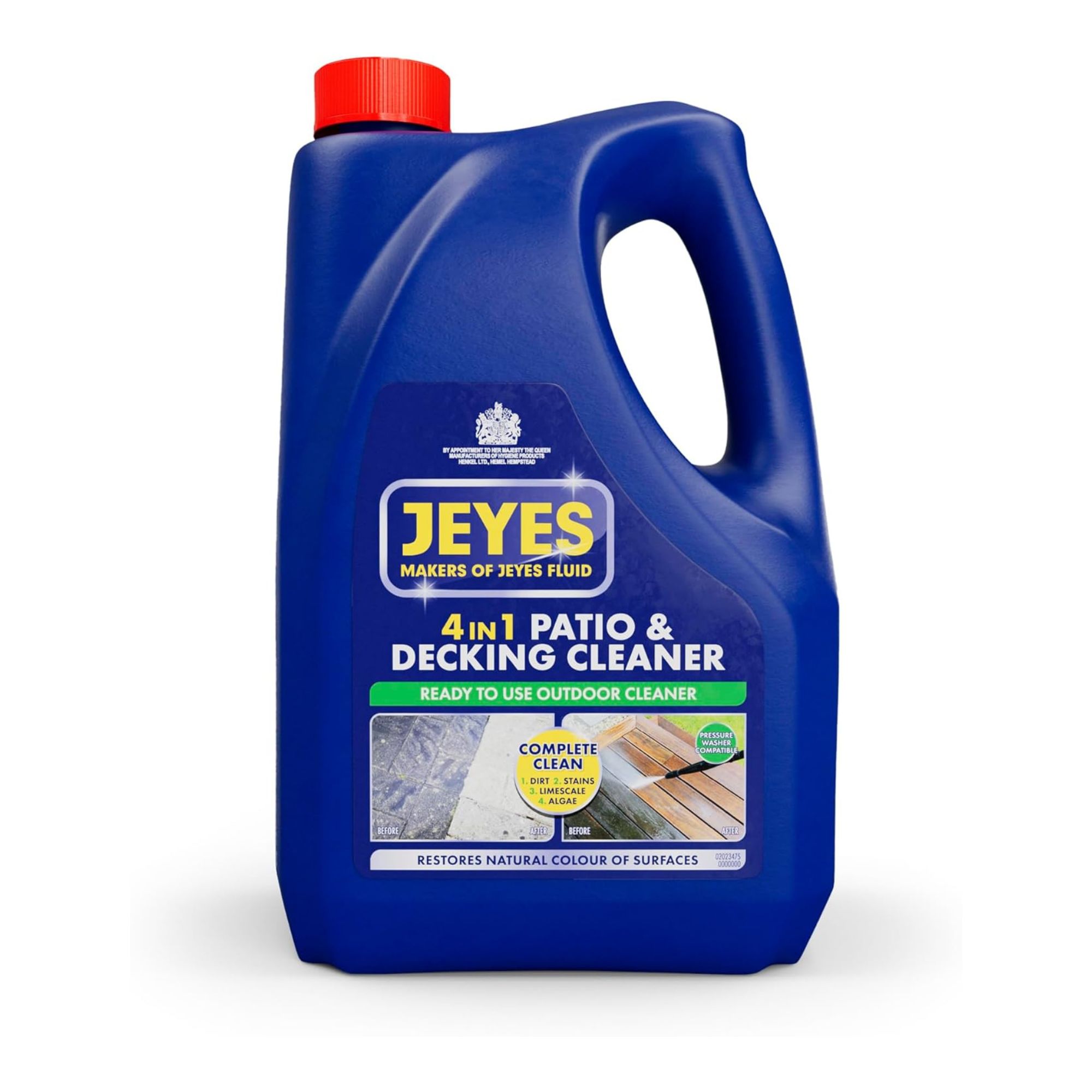
This product can be found in our guide to the best patio cleaners, and is also ideal for cleaning your decking. It can remove mould, mildew, algae, and dirt from your decking.
Step-by-step
1. Remove furniture and accessories
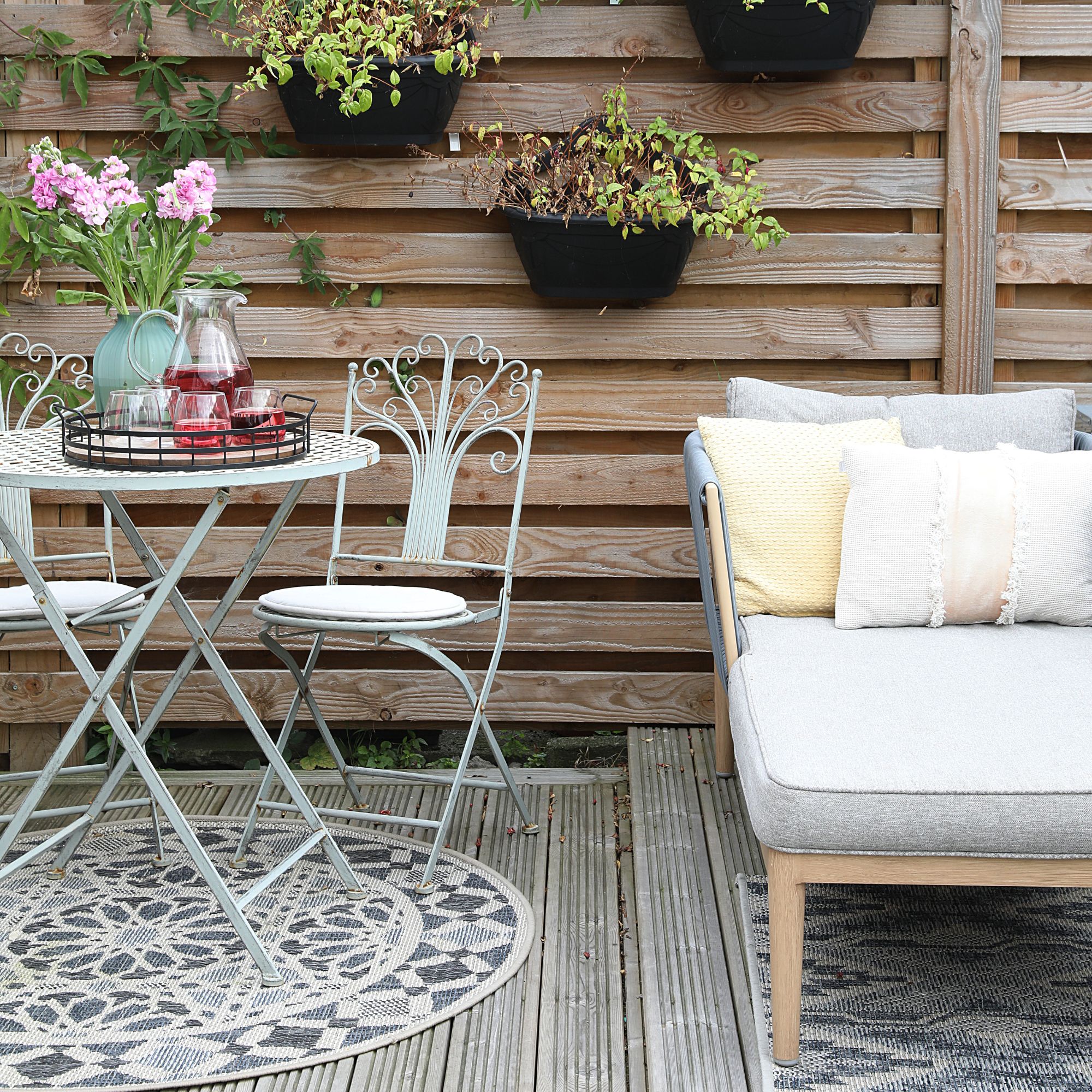
During the warmer months of the year, there are many ways to make your deck look expensive. Typically, this means accessorising your decking area with the best garden furniture - and there's a high chance that you use your decking to house your best BBQ or best pizza oven, too.
If you want to prepare your decking for winter, however, it’s a good idea to remove these added extras. This will prevent water pooling and mould build-up and allow you to follow the steps below without anything getting in the way.
If that isn’t possible, remove them temporarily (until you’ve finished preparing your deck for winter) before covering your garden accessories with waterproof covers.
2. Inspect your decking

Similarly to if you want to prepare your patio for winter, there’s no point in preparing your decking for winter if your decking is in poor shape. When the warm spring months arrive, you’ll likely find that your decking has deteriorated beyond repair thanks to the wet and cold weather.
Sign up to our newsletter for style inspiration, real homes, project and garden advice and shopping know-how
As it’s better to repair what you have rather than lay new decking, now is the perfect time to inspect your decking and see whether any repairs need to be made.
The garden and landscaping experts at Dino Decking say, ‘Take advantage of the crisp but dry weather by setting time aside to inspect your decking for any signs of wear, damage, or potential issues. Have a look for areas where boards may be loose or uneven, as well as any signs of rot, mould, or mildew.’
Of course, how you fix your decking depends on whether you have composite or wood decking, and you’ll need a greater sense of urgency if you have wooden decking.
Jimmy Englezos, a woodcare expert at Ronseal, explains, ‘The earlier you spot any signs of rotting and damage, the better you’ll be able to treat the issue and prevent it from spreading.’
‘Things to look out for include bubbling or peeling paint, holes in the wood surface, crumbling or soft sections, and visible rotting,’ he adds. ‘If you spot any of these, be sure to assess the extent of the damage and remove the rotten board before it can spread.’
3. Give it a clean
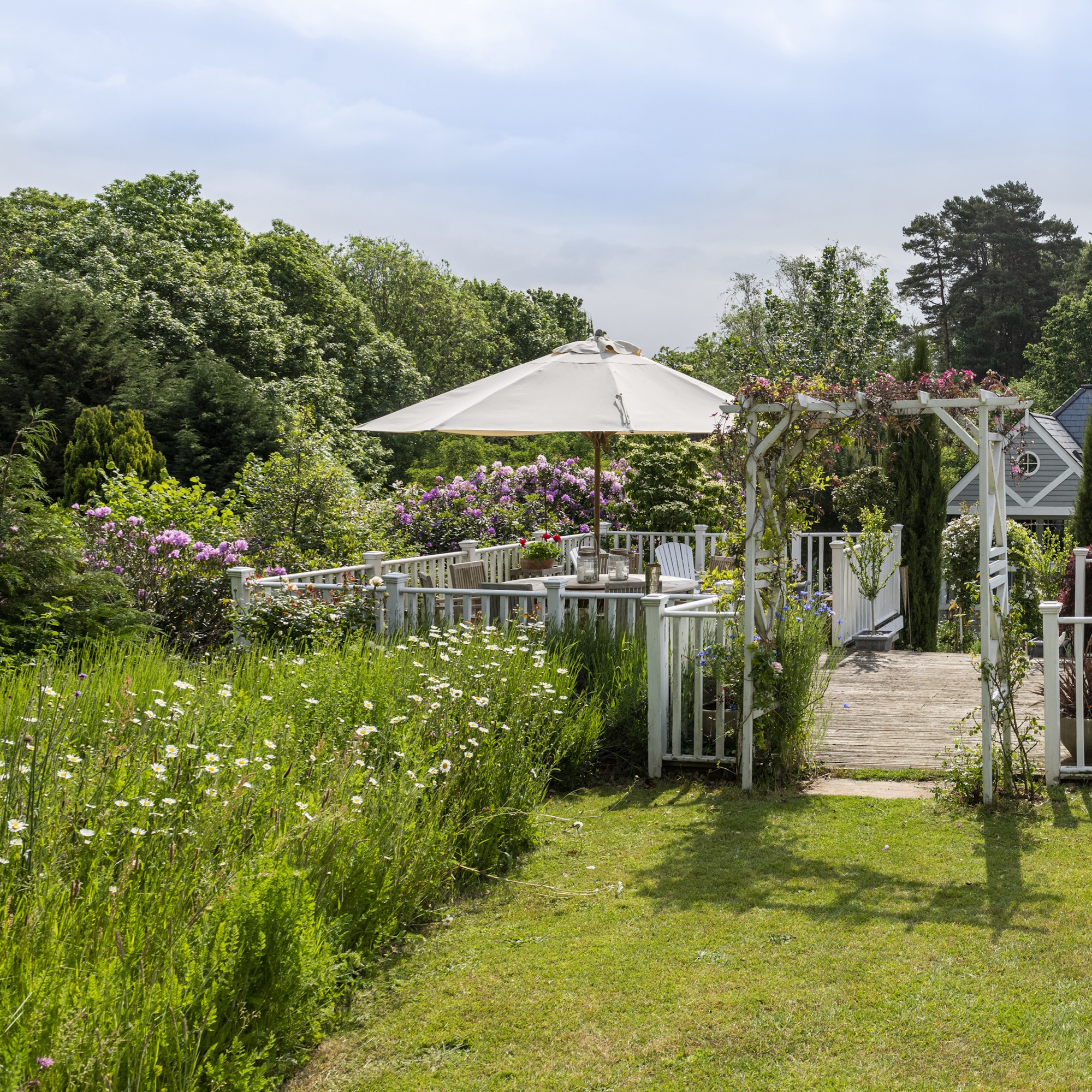
When you’re happy that your decking is in good shape, you can then move on to cleaning your decking. While this may sound counterintuitive weeks before your deck will be hammered by wind, rain, fallen leaves, and other winter debris, this is actually a vital step.
The experts at Dino Decking advise, ‘To begin, use a broom to push aside any leaves or debris to give you a clear surface to work on. Then, using lukewarm water, gently scrub the surface with a soft-bristled brush. Rinse thoroughly, or for a quicker solution, mop away any excess water.’
You can use a specific decking cleaner for this. But if you want to use a gentle cleaner, you can also use a solution of warm water and washing-up liquid to clean any tough spots. And if you want to get rid of mould on your decking, cleaning with white vinegar will work a treat.
The Dino Decking experts also add, ‘For any stubborn stains caused by grease and oil spill from the BBQ, consider purchasing a specialised spray or cleaner, and with a bit of scrubbing, they’ll vanish like magic.’
Just be warned if you choose to use one of the best pressure washers for this task, as not all decking can be washed with a pressure washer.
4. Apply a waterproof stain

After repairing and cleaning your decking, you probably want to keep it that way. If you have wooden decking, one of the best ways to do that is to apply a waterproof stain or sealant to your decking. This will stop your wooden decking from naturally absorbing the moisture, which can lead to rot and decay. However, this step is not necessary if you have composite decking.
There’s an art to applying this waterproof stain, though - especially if your wooden decking has been treated in the past. Jimmy says, ‘You must make sure any old treatments have been cleaned off beforehand otherwise the stain won’t stick as effectively.’
He also adds, ‘Your decking stain is best applied in temperatures above 10°C and on a clear, dry day. Also make sure your deck is thoroughly dry before you begin - usually, you will need several hours for the deck to dry afterwards, so it's better to do it early Autumn whilst the weather is still mostly dry.’
You’ll typically need to apply at least two coats of this waterproof stain to it to prepare your decking for winter, but it’s always best to check the specific instructions of the stain that you buy to ensure you’re doing it correctly.
FAQs
What do you put on a composite deck in the winter?
As composite decking is already pre-treated and made from hard-wearing materials, you shouldn’t need to put anything on composite decking in the winter. In fact, most manufacturers would advise against using any sealants or protective coatings.
That doesn’t mean that you should ignore your composite decking in the winter, though. Regularly brushing and cleaning debris can help prevent any damage or discolouration as the winter months go by.
How do I stop my composite deck going green?
Water and debris build-up on composite decking can result in a green tinge, and this is normally caused by moss or algae. To prevent this from happening, you should brush it regularly over the winter months to get rid of water pooling and the decomposition of natural debris such as leaves.
If you spot any signs of green mould or algae, you should also clean it as soon as possible to stop it from spreading. You can do this with a solution of water and white vinegar or water and lemon juice. Just make sure you rinse it off afterwards and give it time to dry.
Now you know how to prepare your decking for winter, it’s time to get cracking!

Lauren Bradbury has been the Content Editor for the House Manual section since January 2025 but worked with the team as a freelancer for a year and a half before that. She graduated with a Bachelor’s degree in English and Creative Writing from the University of Chichester in 2016. Then, she dipped her toe into the world of content writing, primarily focusing on home content. After years of agency work, she decided to take the plunge and become a full-time freelancer for online publications, including Real Homes and Ideal Home, before taking on this permanent role. Now, she spends her days searching for the best decluttering and cleaning hacks and creating handy how-to guides for homeowners and renters alike, as well as testing vacuums as part of her role as the Ideal Home Certified Expert in Training on Vacuums, having spent over 110 hours testing different vacuum models to date!
